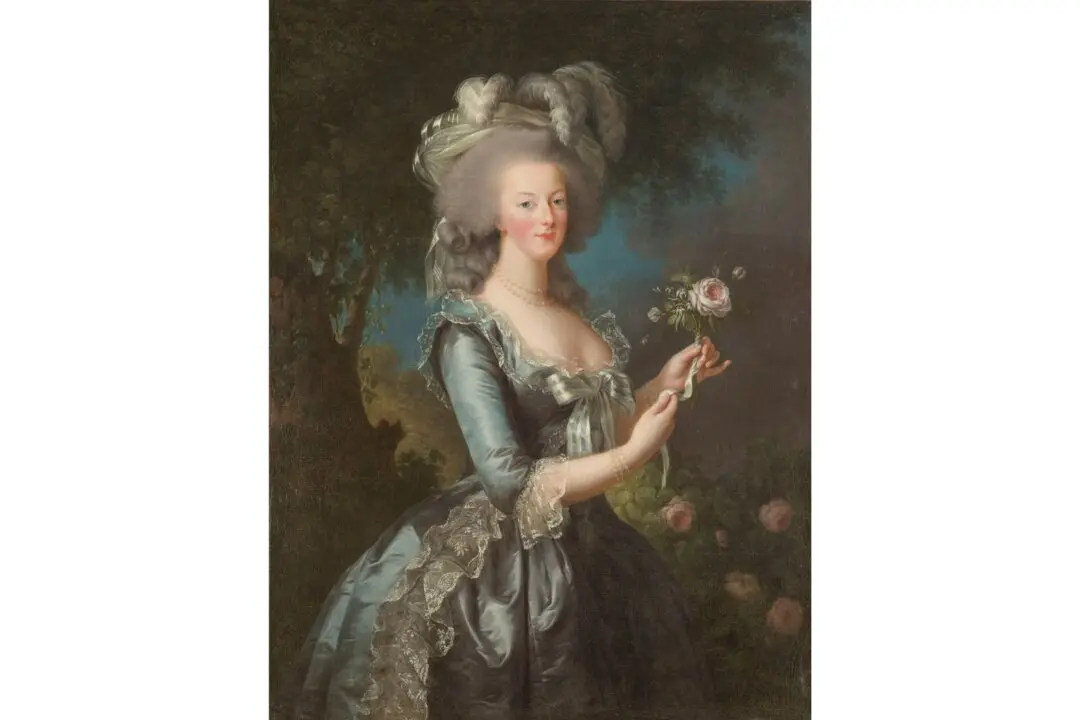For nearly 150 years, the production process at John Boyd Textiles Ltd. has barely changed. From its factory in Castle Cary, Somerset, in the southwest of England, John Boyd Textiles weaves horsehair cloth on the same looms that John Boyd patented in 1872, although the looms are now powered by electricity rather than steam, and before that, by a waterwheel.
As one of the world’s last horsehair weavers, John Boyd Textiles ships its fabric worldwide. “We probably work with about 30 different countries around the world, ” said Anna Smith, managing director and owner of John Boyd Textiles. America and Germany are the company’s biggest markets, both having had horsehair weaving industries.






